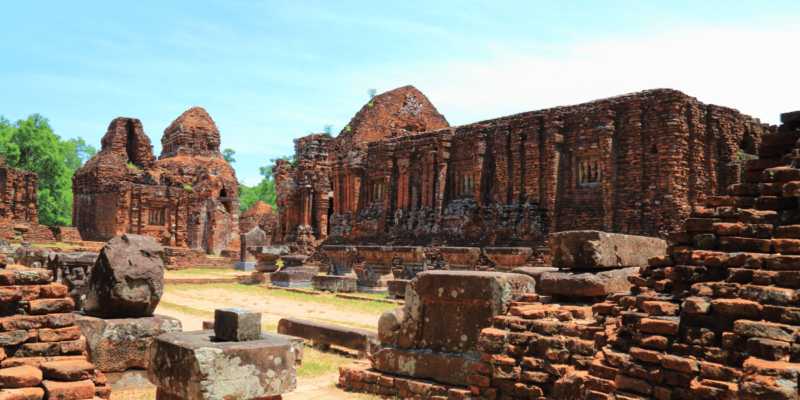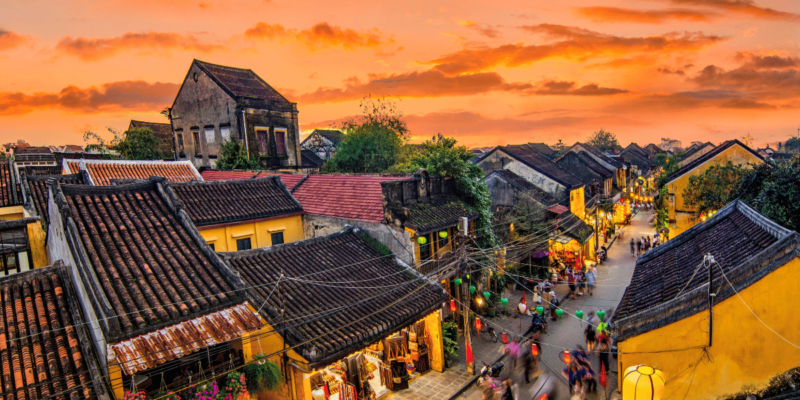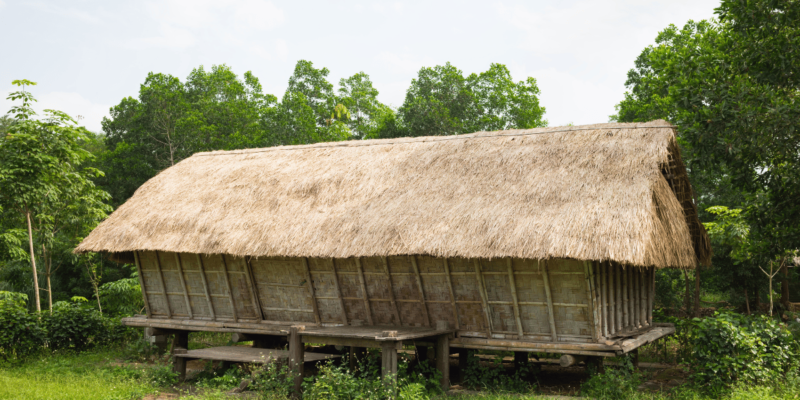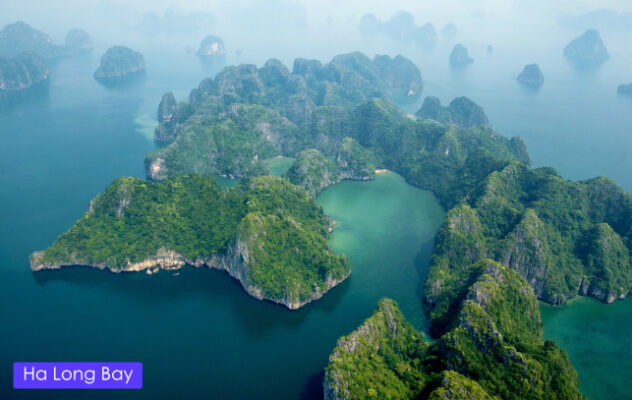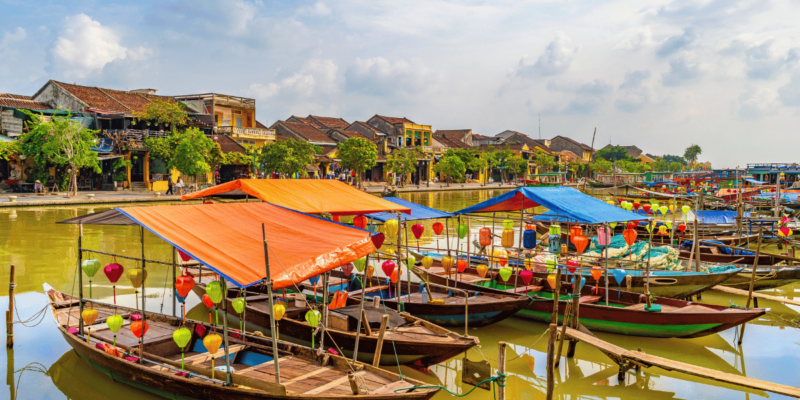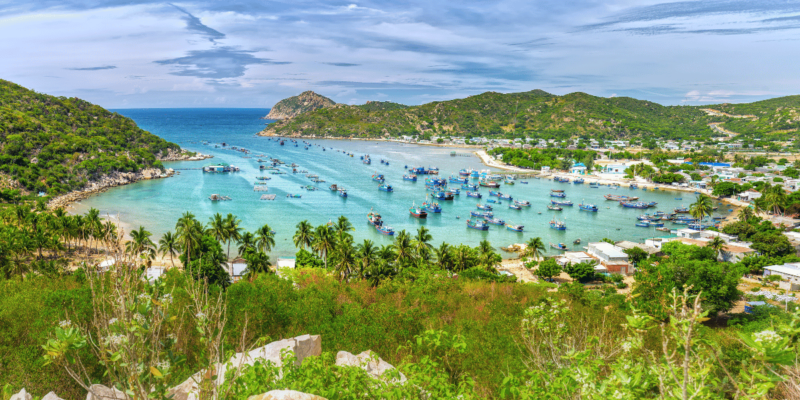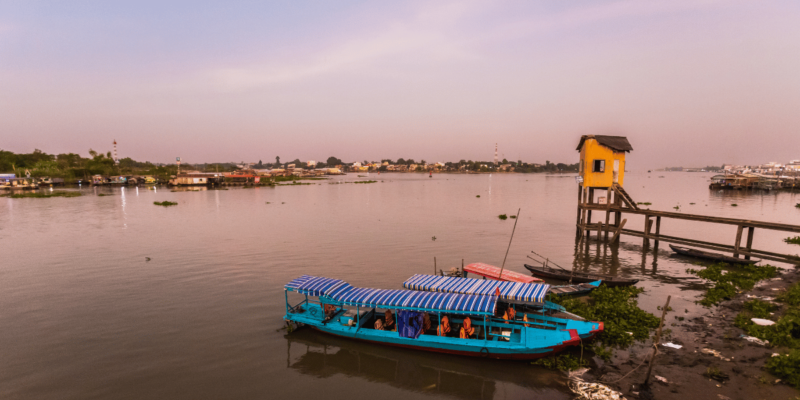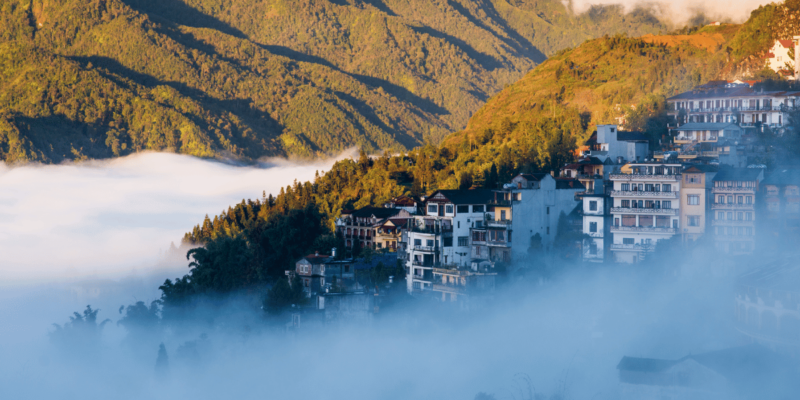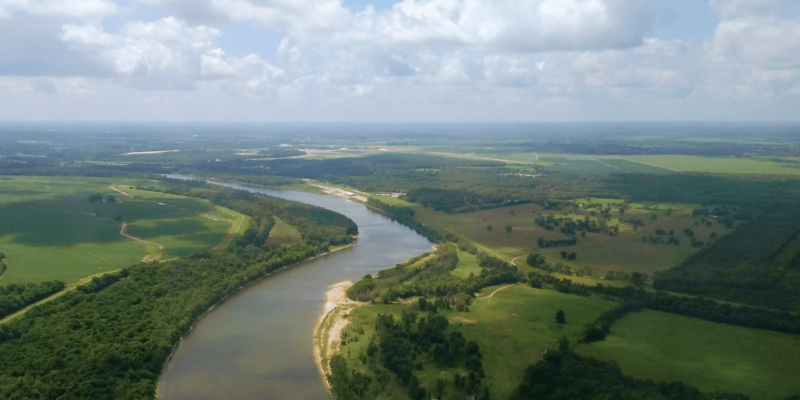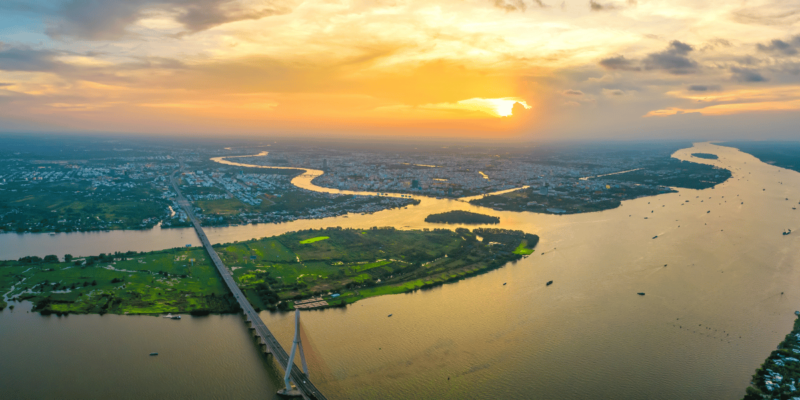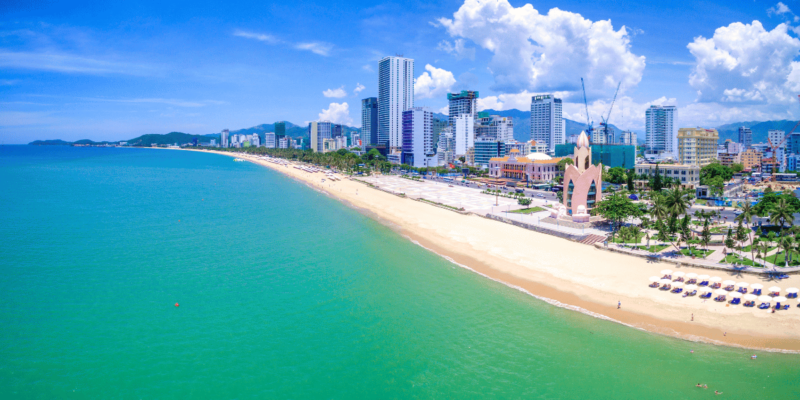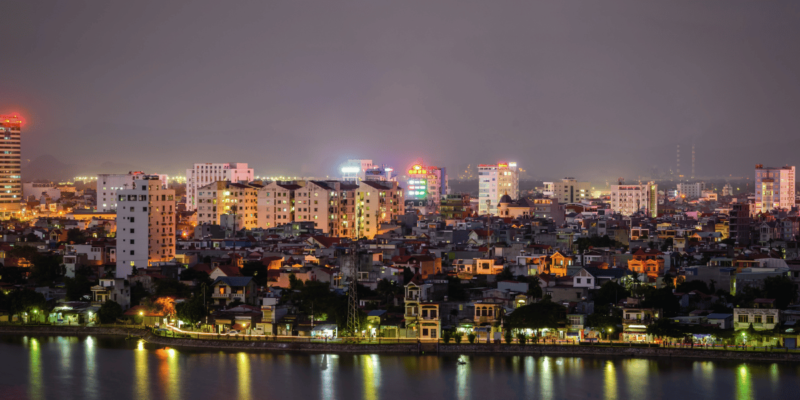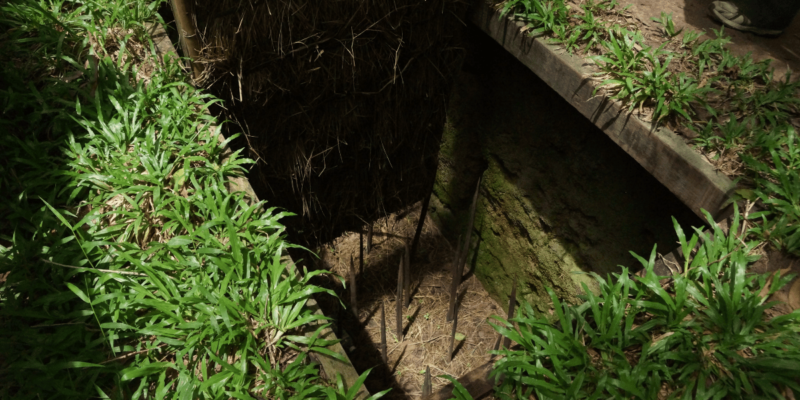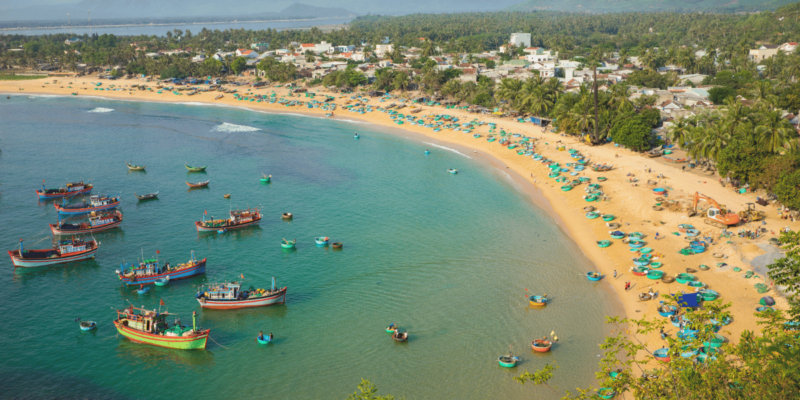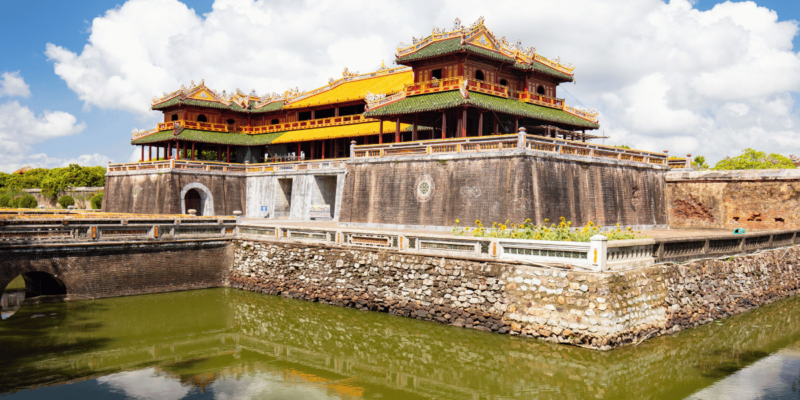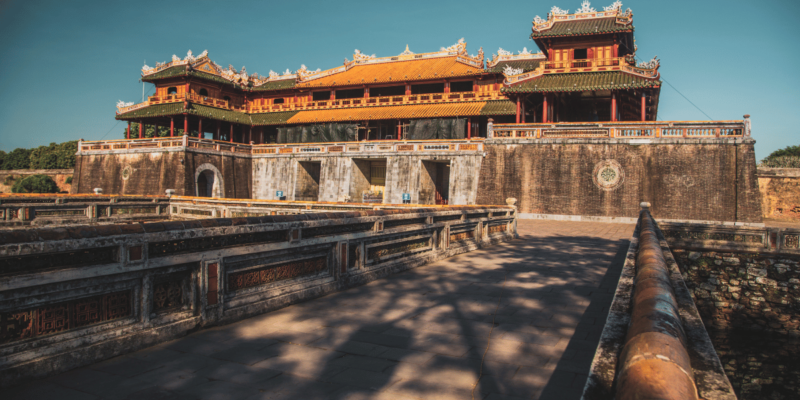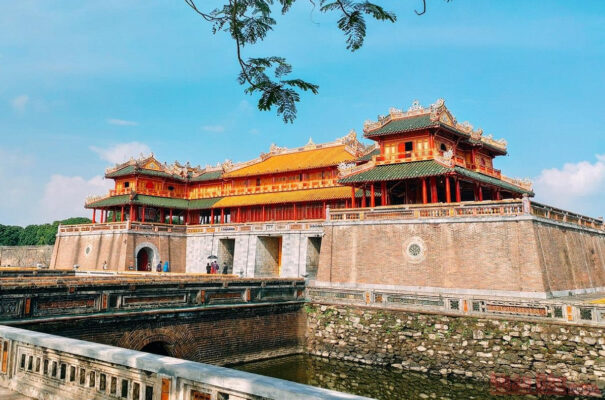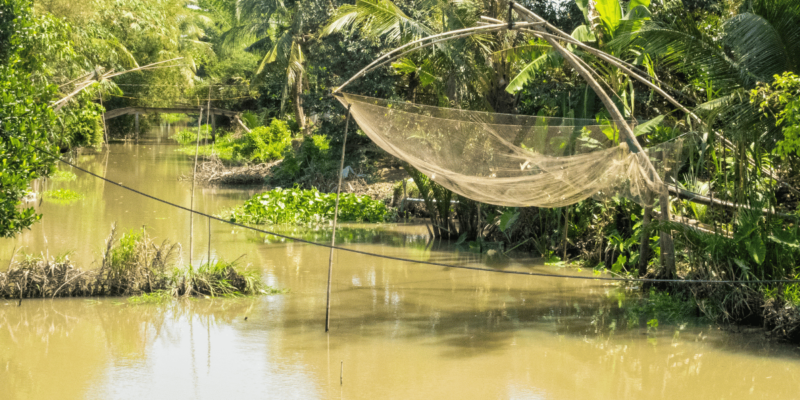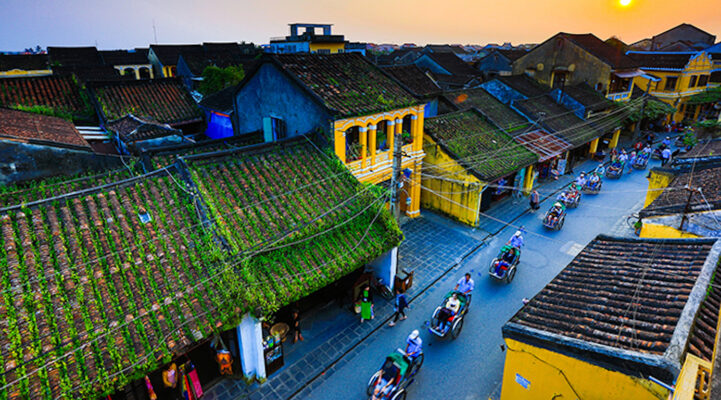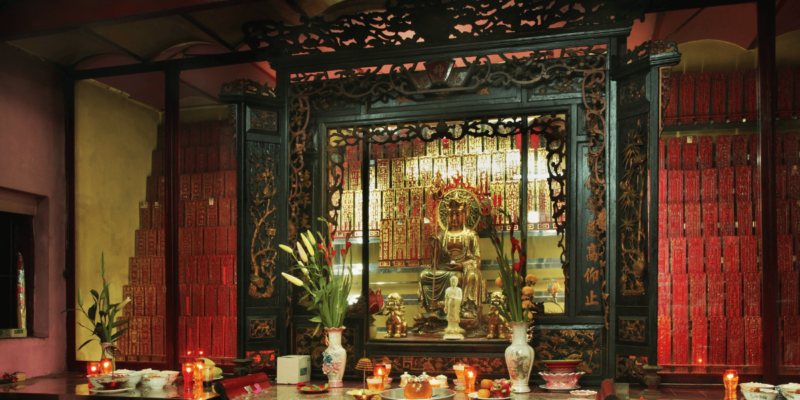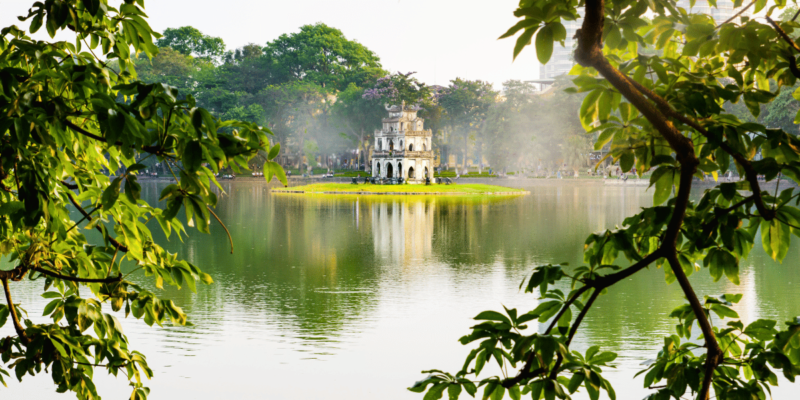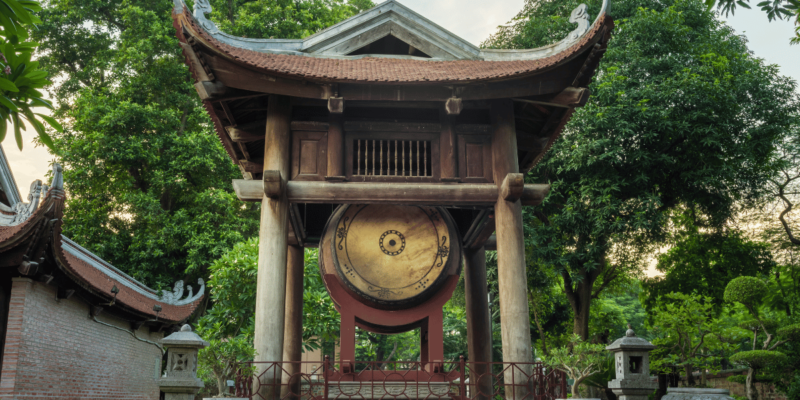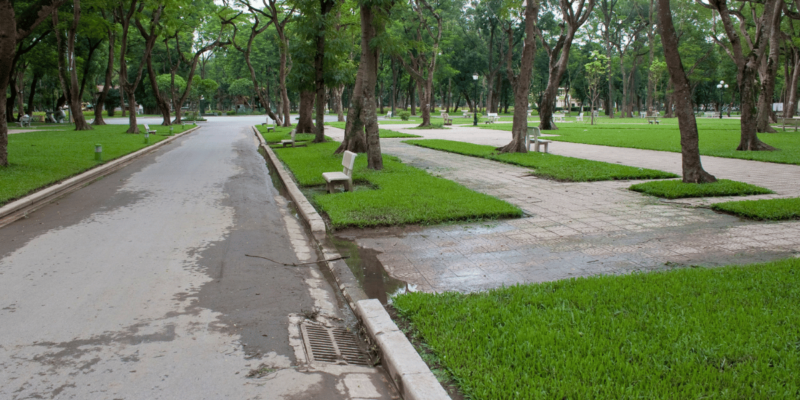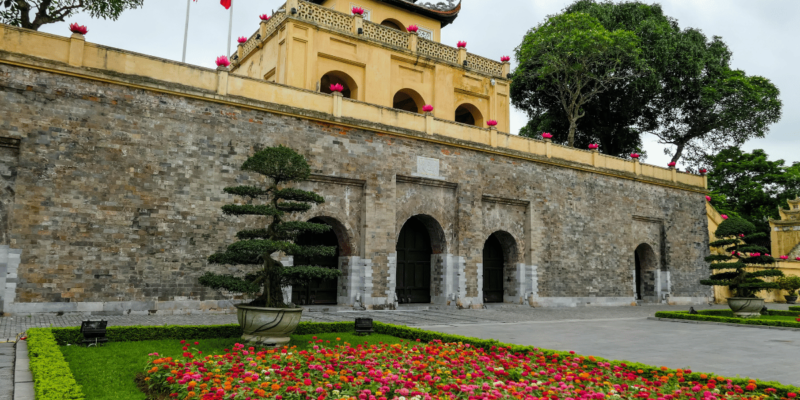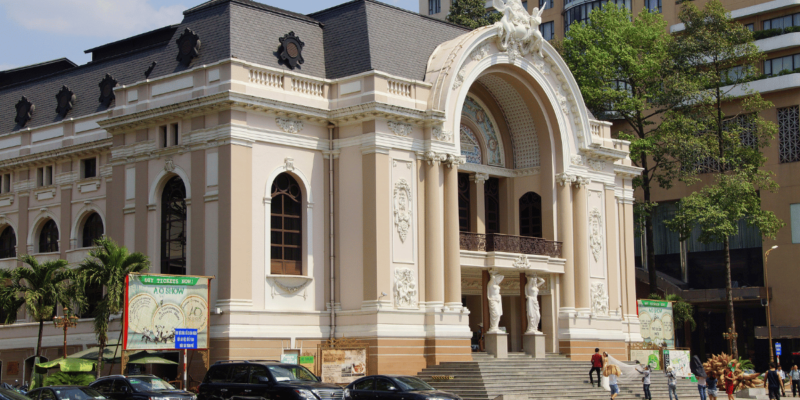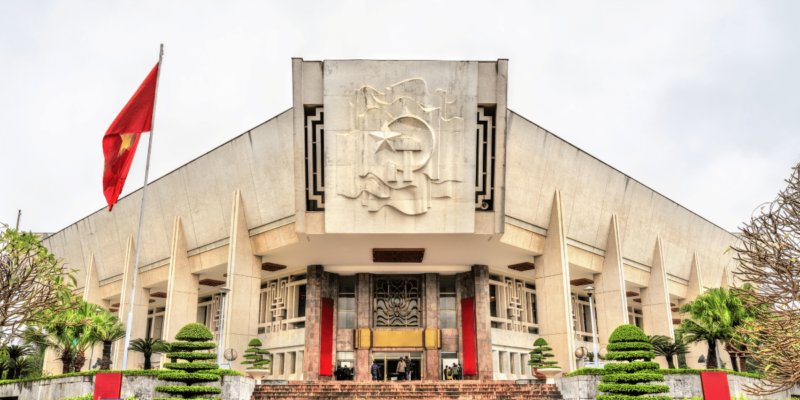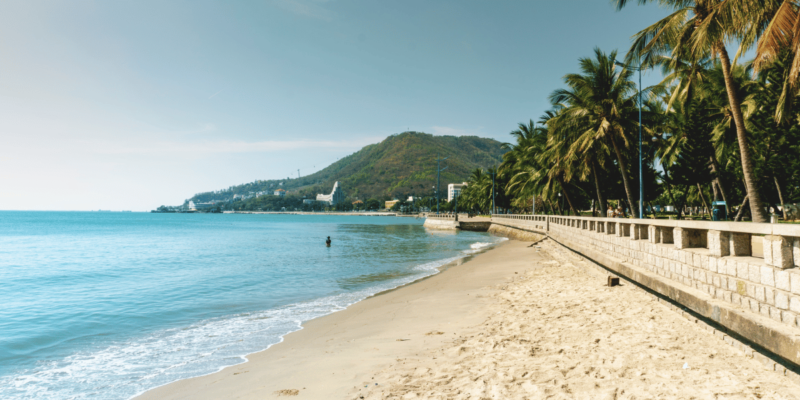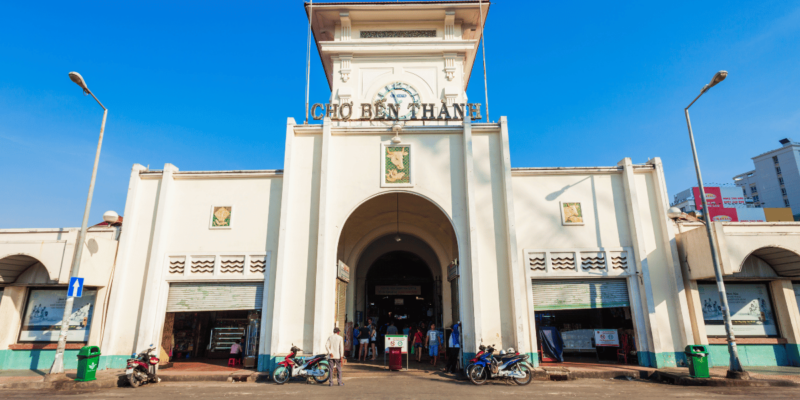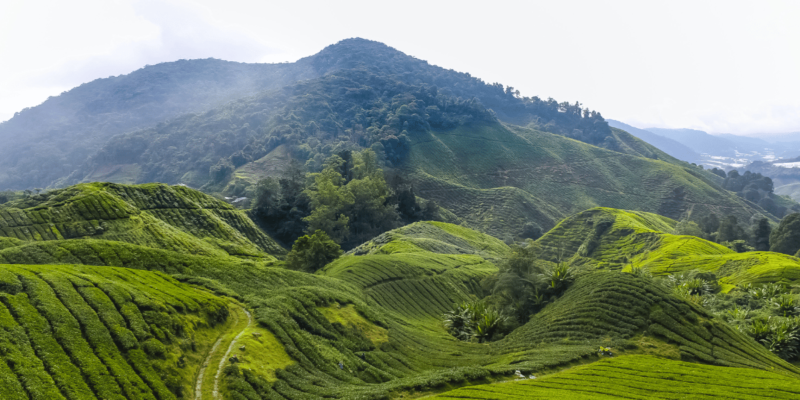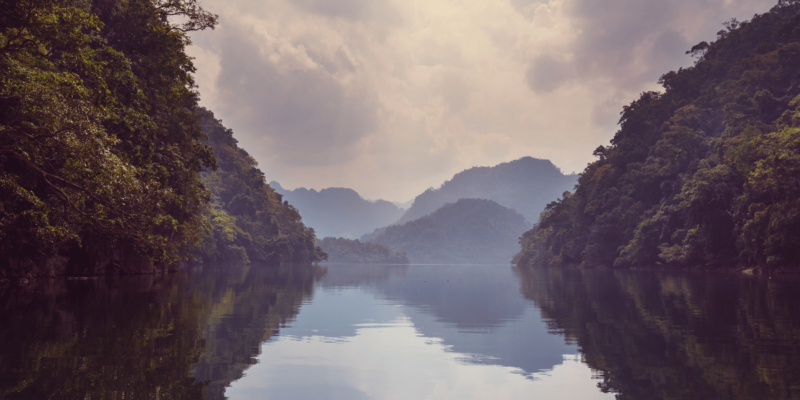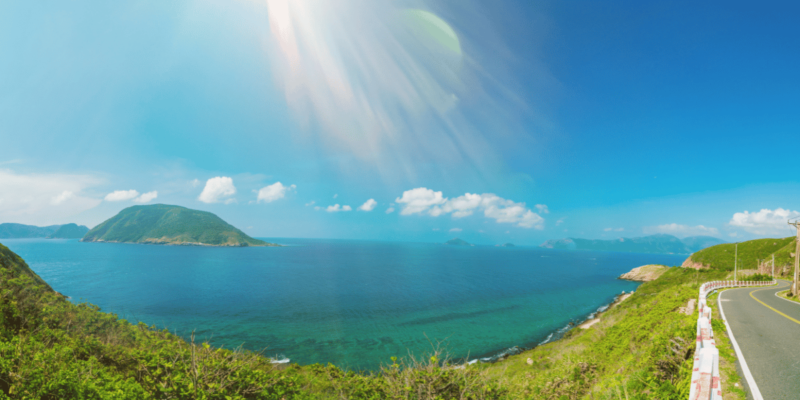Phu Quoc Island: A Comprehensive Guide
Phu Quoc Island, positioned 45 kilometers from Vietnam’s western coast, is an accessible yet enchanting destination, with transport options including flights from Ho Chi Minh City, Can Tho, or Rach Gia, and ferries from Ha Tien or Rach Gia. This substantial island, teardrop-shaped and measuring about 50 kilometers from north to south and 30 kilometers at its widest, is home to roughly 85,000 residents. Its proximity to Cambodia, just 15 kilometers away at its northern tip, contributes to its strategic importance and the presence of a discreet military base.
Natural Richness and Diverse Attractions
Encompassing over 1,300 square kilometers, Phu Quoc is not only Vietnam’s largest island but also part of a larger archipelago in the Gulf of Thailand that includes 105 islands, with 13 in close proximity to its shores. Renowned for its pristine beaches, extensive forests, and vibrant coral reefs, Phu Quoc offers a variety of experiences, from relaxation on idyllic beaches to exploration of its lush national park.
Phu Quoc National Park and UNESCO World Biosphere Reserve
The northeastern section of Phu Quoc is dominated by Phu Quoc National Park, initially established as a nature reserve in 1993 and later elevated to national park status in 2001. This park, part of the Kien Giang UNESCO World Biosphere Reserve, remains relatively uncharted, with its full biodiversity yet to be thoroughly documented. It offers a sanctuary for a variety of wildlife and plants, making it a haven for nature enthusiasts.
A Haven for Beach Lovers and More
The island’s beaches, such as the famous Long Beach, are a major draw. These stretches of sand are celebrated for their beauty and tranquility, often described by seasoned travelers as among the best globally. The main town of Duong Dong offers a glimpse into local life with its bustling market and fish sauce factories, which are integral to the local economy and culinary practices.
Cultural and Recreational Activities
Beyond the beaches, Phu Quoc is rich in cultural and recreational activities. The town of An Thoi, while primarily a busy fishing hub, serves as a starting point for those looking to explore the surrounding islets or engage in snorkeling and diving activities to discover the surviving coral reefs. The island also boasts pearl farms, offering visitors a chance to observe the cultivation process and purchase pearls at a fraction of the typical cost.
Emerging Tourism Infrastructure
While Phu Quoc’s tourism infrastructure was once modest, recent developments have seen a rapid expansion in services and facilities. New roads, resorts, and dining establishments are enhancing the visitor experience, catering to a range of preferences from luxury to budget-conscious. However, the island still retains much of its rustic charm, with plenty of opportunities for adventurous travel on dirt roads through remote areas.
Sustainable Tourism and Environmental Challenges
As Phu Quoc continues to develop, there are increasing efforts to balance tourism growth with environmental sustainability. The challenge lies in preserving its natural beauty and unique ecosystem, particularly as the island confronts issues like overfishing and the impacts of rapid development on its pristine landscapes.
In summary, Phu Quoc Island is a compelling blend of natural beauty, cultural richness, and developing tourism infrastructure, making it a must-visit for those seeking a diverse and enriching travel experience in Vietnam.



